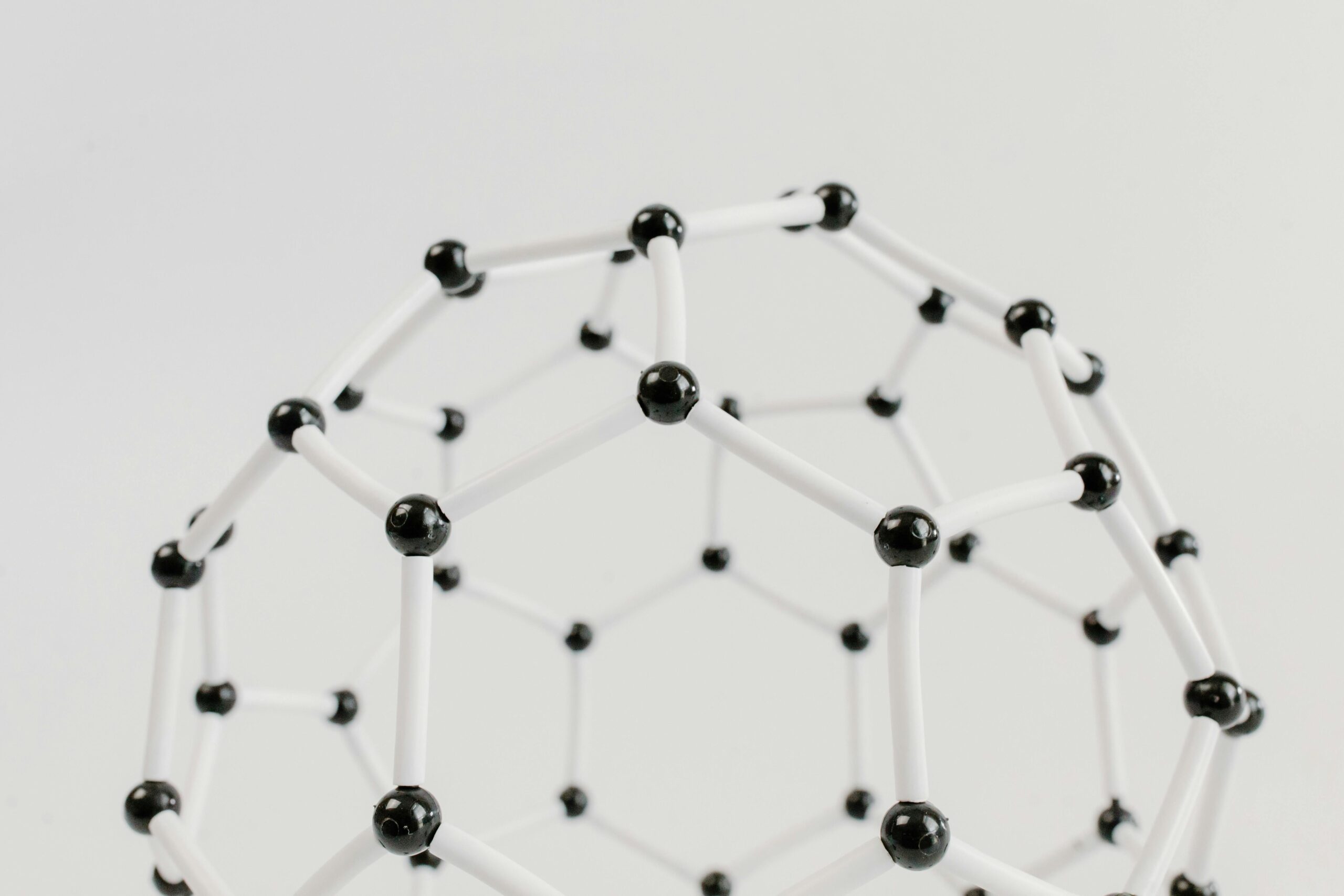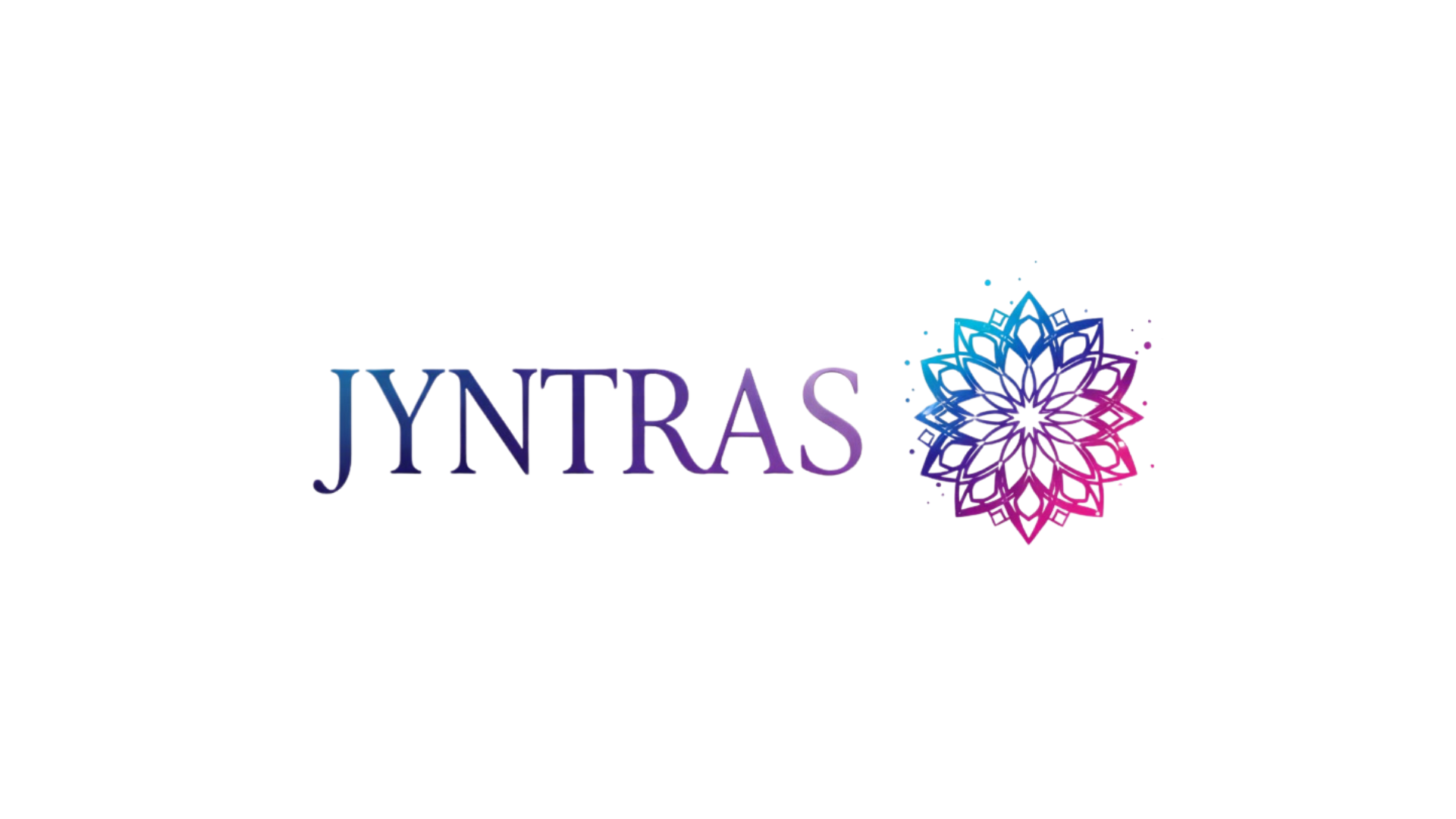Molecular visualization has revolutionized how scientists understand complex biological structures, enabling breakthroughs in drug discovery, protein engineering, and computational chemistry through sophisticated digital tools.
🔬 The Revolution in Molecular Understanding
The ability to visualize molecules in three dimensions has fundamentally transformed scientific research. What once required expensive physical models and countless hours of manual calculation can now be accomplished with powerful software that renders atomic structures with stunning accuracy. These tools have democratized access to molecular insights, allowing researchers worldwide to explore the microscopic world with unprecedented clarity.
Modern molecular visualization platforms combine computational power with intuitive interfaces, making it possible to examine everything from simple organic compounds to massive protein complexes containing millions of atoms. The integration of quantum mechanics calculations, molecular dynamics simulations, and crystallographic data has created an ecosystem where theoretical predictions meet experimental validation seamlessly.
Understanding the Fundamentals of Molecular Visualization
At its core, molecular visualization translates numerical data about atomic positions into visual representations that human minds can comprehend. This process involves sophisticated algorithms that interpret coordinate files, determine bonding patterns, calculate surface properties, and render the final image using various representation styles.
The most common data formats include PDB (Protein Data Bank) files, which store three-dimensional structural data of biological macromolecules, and various computational chemistry formats like XYZ, MOL2, and CIF. These standardized formats ensure that structural information can be shared and visualized across different platforms and research groups globally.
Representation Styles That Matter
Different visualization styles serve distinct analytical purposes. Ball-and-stick models provide clear views of molecular geometry and bonding patterns, making them ideal for teaching and basic structural analysis. Space-filling or CPK representations show the actual volume occupied by atoms, revealing steric constraints and molecular surfaces crucial for understanding binding interactions.
Ribbon diagrams have become indispensable for protein structure analysis, highlighting secondary structural elements like alpha helices and beta sheets while reducing visual complexity. Surface representations enable researchers to identify binding pockets, electrostatic properties, and regions of hydrophobicity that determine molecular function.
🚀 Cutting-Edge Desktop Applications Transforming Research
The landscape of molecular visualization software includes several powerhouse applications that have become staples in research laboratories worldwide. These tools offer varying levels of complexity, from specialized programs for specific applications to comprehensive suites handling multiple aspects of computational chemistry.
PyMOL: The Visualization Workhorse
PyMOL stands as one of the most widely adopted molecular visualization systems, particularly in structural biology and drug design. Its combination of powerful scripting capabilities through Python and an intuitive graphical interface makes it accessible to both novices and experts. Researchers appreciate PyMOL’s exceptional rendering quality, which produces publication-ready images with customizable lighting, shadows, and transparency effects.
The software excels at displaying protein structures, nucleic acids, and their complexes, with built-in functions for analyzing structural features, measuring distances and angles, and animating conformational changes. The extensive plugin ecosystem extends PyMOL’s functionality, adding capabilities for electrostatic potential mapping, molecular dynamics trajectory analysis, and integration with external computational tools.
UCSF Chimera and ChimeraX
Developed at the University of California San Francisco, Chimera has evolved into ChimeraX, offering next-generation capabilities for molecular visualization and analysis. This platform distinguishes itself through exceptional performance when handling enormous structures like viral capsids and ribosomal complexes, leveraging modern graphics hardware to maintain smooth interaction even with millions of atoms.
ChimeraX provides sophisticated tools for density map visualization from cryo-electron microscopy, making it invaluable in an era where cryo-EM structures are increasingly common. The software’s segmentation tools allow researchers to identify and isolate components within complex cellular structures, while its virtual reality capabilities enable immersive exploration of molecular architectures.
Mobile Molecular Visualization: Science in Your Pocket 📱
The proliferation of powerful smartphones and tablets has brought molecular visualization capabilities to mobile devices, enabling scientists to examine structures during conferences, in classrooms, or while away from their desks. These applications make structural biology more accessible and facilitate collaborative discussions around molecular features.
MolView: Accessible Chemistry Education
MolView represents an excellent entry point for students and educators interested in molecular structures. This web-based platform accessible from mobile browsers allows users to draw chemical structures, search extensive compound databases, and visualize molecules in both 2D and 3D representations. Its integration with PubChem and other chemical databases provides instant access to information about millions of compounds.
The tool’s simplicity belies its educational value, as students can quickly explore molecular properties, predict structures from chemical formulas, and understand spatial arrangements that determine chemical reactivity. The ability to switch seamlessly between structural formulas and three-dimensional models reinforces the connection between abstract chemical notation and physical reality.
Professional Mobile Solutions
Several professional-grade molecular viewers have adapted to mobile platforms, offering robust functionality despite hardware limitations. These applications synchronize with desktop software, allowing researchers to prepare presentations or review structures on the go. Touch interfaces provide intuitive rotation and zooming, while some applications support augmented reality features that project molecular models into physical spaces.
Web-Based Platforms Democratizing Structural Analysis
Browser-based molecular visualization tools have removed installation barriers and operating system dependencies, making structural analysis accessible from any device with internet connectivity. These platforms leverage modern web technologies like WebGL to deliver impressive graphical performance without requiring specialized software installations.
NGL Viewer and 3Dmol.js
These JavaScript libraries power numerous online molecular visualization applications, providing developers with tools to embed interactive molecular graphics into websites and web applications. NGL Viewer offers excellent performance with large structures and supports various representation styles, while 3Dmol.js provides a straightforward API for creating customized molecular displays.
Researchers can share interactive molecular visualizations through simple URLs, facilitating collaboration and enabling more engaging scientific communication. The ability to embed these viewers in online publications transforms static figures into explorable models that readers can manipulate to gain deeper understanding.
🧬 Specialized Tools for Specific Applications
Beyond general-purpose visualization platforms, specialized software addresses particular research needs with focused functionality. These tools often integrate visualization with analytical capabilities tailored to specific scientific domains.
Molecular Dynamics Trajectory Analysis
Understanding protein motion requires tools that can handle time-series data from molecular dynamics simulations. VMD (Visual Molecular Dynamics) excels in this domain, providing capabilities to load enormous trajectories, calculate properties over time, and create animations showing conformational changes. Researchers use these tools to understand enzyme mechanisms, protein folding pathways, and the effects of mutations on structural stability.
The integration of analysis plugins allows calculation of root-mean-square deviations, radius of gyration, hydrogen bonding patterns, and countless other properties that reveal how molecules behave dynamically rather than as static snapshots.
Quantum Chemistry and Orbital Visualization
Understanding chemical reactivity and electronic properties requires visualization of molecular orbitals, electron density distributions, and electrostatic potentials. Software like Avogadro, Gabedit, and GaussView provide interfaces to quantum chemistry calculations, allowing researchers to visualize computational results alongside molecular structures.
These tools display highest occupied molecular orbitals (HOMO), lowest unoccupied molecular orbitals (LUMO), and other electronic properties that determine how molecules interact. Vibrational mode animations show predicted infrared and Raman spectroscopy results, connecting theoretical calculations with experimental observations.
Integration with Structural Databases and Resources
Modern molecular visualization tools connect seamlessly with extensive structural databases, providing instant access to experimentally determined structures. The Protein Data Bank (PDB) contains over 200,000 biological macromolecule structures, while chemical databases like PubChem catalog millions of small molecule structures.
This integration enables researchers to search for structures by name, sequence, or functional annotation, then immediately visualize results without manual file transfers. Many applications provide direct links to literature references, experimental methods, and validation reports, creating comprehensive information ecosystems around each structure.
Comparative Analysis Capabilities
Understanding evolutionary relationships and functional variations requires comparing multiple structures. Advanced visualization tools provide superposition algorithms that align structures based on sequence or structural similarity, highlighting conserved features and regions of variability. These comparisons reveal how mutations affect structure, how different organisms solve similar biochemical challenges, and how proteins evolve new functions.
🎯 Artificial Intelligence and Machine Learning Integration
The latest frontier in molecular visualization involves incorporating AI-predicted structures from tools like AlphaFold2 and RoseTTAFold. These machine learning systems predict protein structures with remarkable accuracy, expanding the structural universe beyond what has been experimentally determined.
Visualization tools now integrate confidence scores and predicted error estimates, allowing researchers to assess which regions of AI-predicted models are reliable. This capability has particular importance for proteins that are difficult to crystallize or express, providing structural insights that guide experimental design and functional studies.
Automated Feature Recognition
Machine learning algorithms increasingly assist with identifying structural features automatically. These systems can recognize binding sites, classify protein folds, predict functional residues, and identify regions suitable for mutations or drug targeting. The integration of these predictive capabilities with visualization tools accelerates discovery by highlighting features that warrant closer examination.
Virtual Reality and Immersive Molecular Exploration
Virtual reality technology offers unprecedented ways to experience molecular structures, providing scale and spatial understanding impossible with traditional displays. Researchers wearing VR headsets can walk around protein complexes at molecular scale, reaching into binding sites and understanding spatial relationships intuitively.
Collaborative VR environments enable multiple researchers to explore structures simultaneously, pointing out features and discussing hypotheses in shared virtual spaces. This technology proves particularly valuable for teaching, as students develop stronger spatial reasoning skills through immersive molecular experiences.
Practical Applications Driving Scientific Breakthroughs 💡
Molecular visualization tools directly contribute to numerous research advances across multiple fields. In drug discovery, researchers visualize target proteins to identify binding pockets, design small molecules that fit those pockets, and predict binding modes. This structure-based drug design has accelerated development of therapeutics for cancer, infectious diseases, and genetic disorders.
Protein engineering applications leverage visualization to design modified enzymes with enhanced stability, altered substrate specificity, or novel functions. Researchers identify residues to mutate by examining structures, then visualize predicted effects before expensive experimental validation.
Educational Impact
Beyond research laboratories, molecular visualization transforms chemistry and biology education. Students gain conceptual understanding by manipulating structures, measuring distances, and observing how molecular shape determines function. The transition from memorizing abstract formulas to exploring interactive models fundamentally improves comprehension and retention.
Open-access visualization tools enable educational equity, ensuring students worldwide can access the same molecular exploration capabilities regardless of institutional resources. This democratization of structural information represents one of the most significant impacts of modern molecular visualization technology.
🔮 Future Directions and Emerging Technologies
The field continues evolving rapidly, with several exciting developments on the horizon. Cloud-based rendering will enable visualization of increasingly massive structures on modest hardware, while improved algorithms will provide more realistic representations of molecular dynamics and flexibility.
Integration with experimental techniques will deepen, with real-time visualization during cryo-EM data collection or immediate structure refinement as diffraction data is collected. Augmented reality applications will overlay molecular structures onto physical laboratory spaces, assisting with experimental setup and result interpretation.
Enhanced collaboration features will support global research teams working on shared structures, with version control for molecular models and annotation systems that capture scientific discussions. These social and collaborative features will transform how structural biology is practiced, making it increasingly team-based and interconnected.

Choosing the Right Tools for Your Research Needs
Selecting appropriate visualization software depends on specific research questions, computational resources, and existing workflow integration. Beginners benefit from web-based tools with gentle learning curves, while advanced researchers may require scriptable platforms with extensive customization options.
Many researchers employ multiple complementary tools, using dedicated applications for specific tasks like trajectory analysis or quantum chemistry visualization while relying on general-purpose viewers for everyday structure examination. The open-source nature of many leading applications encourages experimentation and customization, allowing researchers to tailor tools to their unique requirements.
Ultimately, molecular visualization represents an essential capability in modern scientific research, transforming abstract data into understandable representations that drive discovery. As these tools become more powerful, accessible, and intelligent, they will continue enabling researchers to unlock the secrets encoded in molecular structures, advancing human understanding of the fundamental processes that sustain life.
Toni Santos is a deep-biology researcher and conscious-evolution writer exploring how genes, microbes and synthetic life inform the future of awareness and adaptation. Through his investigations into bioinformatics, microbiome intelligence and engineered living systems, Toni examines how life itself becomes a field of awakening, design and possibility. Passionate about consciousness in biology and the evolution of living systems, Toni focuses on how life’s architecture invites insight, coherence and transformation. His work highlights the convergence of science, philosophy and emergent life — guiding readers toward a deeper encounter with their living world. Blending genetics, systems biology and evolutionary philosophy, Toni writes about the future of living systems — helping readers understand how life evolves through awareness, integration and design. His work is a tribute to: The intertwining of biology, consciousness and evolution The emergence of microbial intelligence within and around us The vision of life as designed, adaptive and self-aware Whether you are a scientist, thinker or evolving being, Toni Santos invites you to explore the biology of tomorrow — one gene, one microbe, one awakening at a time.




